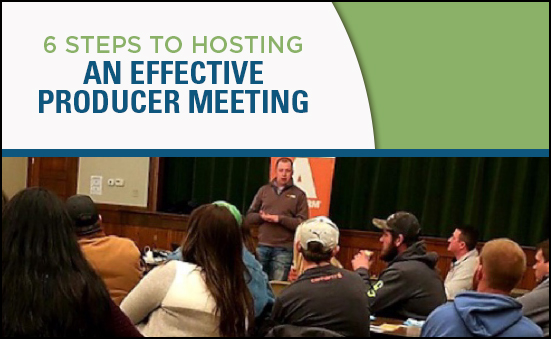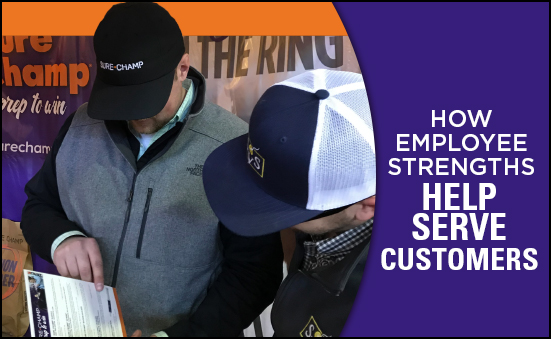As business owners, you have many goals. But your number one goal should be to be profitable. Nearly 95% of all small businesses fail in their first five years because of the lack of profit – now that is a wicked statistic.
Turning a profit doesn’t have to be wicked. With proper planning, studying the past and the willingness to make changes when needed, your business can be profitable and successful. BioZyme President, Lisa Norton, shared several key strategies for profitability during a breakout session at the Dealer Retreat.
“Profitability should be the primary goal of all businesses,” Norton said. “Measuring current and past profitability and projecting future profitability is very important.”
Before reaching profitability, a business owner must first understand profitability. Profitability is more than the income or money that comes into your business. Cash can come into the business for many reasons like money due from past invoices, services, pre-payments or financing. But pure profit is a simple calculation:
Sales, Revenue OR Income – Expenses OR Costs = PROFIT.
The five “not-so-wicked” tips Norton offered include:
1. Figure out gross profit margin
Your gross profit margin can be deceiving. Remember it is the difference of all income for goods and services and the total cost of goods sold (C.O.G.S.). Be sure to include not only the cost of the products, but packaging, labor to make the products and other costs associated with the production of the product.
2. Analyze the gross profit margin on each and everything
By analyzing every profit margin for each product, you will have a deeper understanding of the products that you sell that generate the most profit, and the ones that generate little profit or even worse, lose you money. It is best for your business to stop selling anything that is losing your business money and focus your efforts in promoting and selling the products that create the highest margin.
3. Review all your prices
Do you charge all your customers the same amount? If so, why?
Some customers might not be as price sensitive as others – think government or other bigger businesses that can spread their expenses over more numbers. Don’t feel bad about increasing prices for some of those customers. Be sure to keep up with rising prices from your supplier and to raise prices as your competition does. It’s ok to increase your prices – your business survivability depends on it. Here is an example Norton shared with the group,
“It’s true that you might lose a customer if prices are raised, but if your margin is 50 percent, a 10 percent increase in prices means you can lose 17 percent of your customers and be no worse off,” she posted in one slide. Chances are a slight price increase won’t cause you to lose 17 percent of your customers if you remember to sell the value of your products and your customer service.
4. Use an inventory system
It is vital to know what you have on hand and to use some type of system to track your inventory. If you do have inventory in stock, make sure it is displayed, because if the customers can’t see it, they won’t buy it, and they likely will move on to your competitors for another product. When getting in new inventory, remember to rotate your stock and use the FIFO system – first in, first out – because no one wants to buy an old product.
5. Think about the best way to cut up money
Now, you might think tips about profitability shouldn’t mention “cutting” money, but Norton used a great visual with play money to demonstrate how to “cut” expenses from your profit equation. Each person in the room had one dollar to spend, and they had to decide how to spend their dollar on marketing, by cutting it into sections. Would you spend half your dollar on print advertising? Cut it in half, and you have half a dollar to spend on digital efforts, radio, creative design, research, boosting social media posts. How far will that half-dollar go? Because once you spent that first half, you can’t get it back, and if you are going to be profitable, you can’t ask for another dollar.
It shouldn’t surprise anyone that most people in the room, “cut” their money in different ways. That’s because everyone’s businesses are different, and everyone has different strategies to meet their goals.
Being profitable doesn’t have to be wicked at all. It can be a challenge that you face with courage and resolve. Follow these five simple steps and enjoy your journey to profitability.











